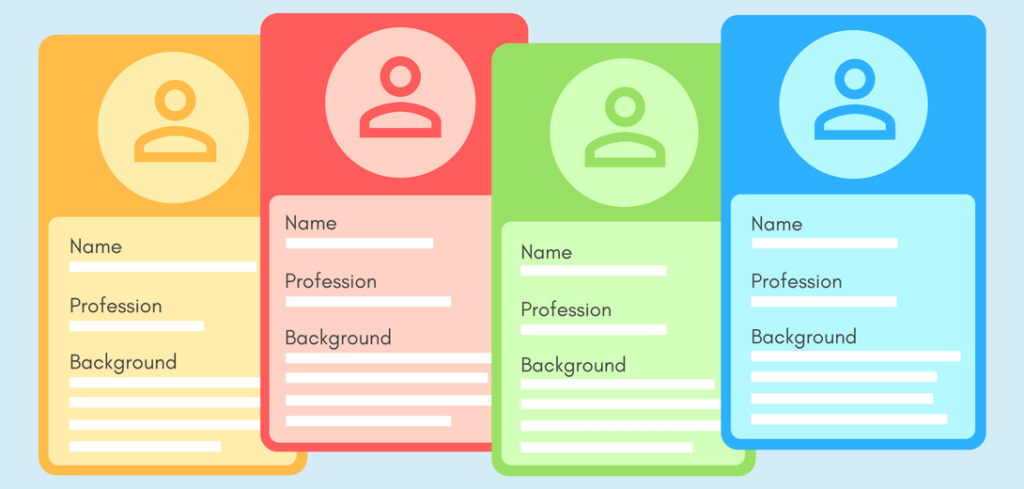
One of the most commonly-overlooked things when it comes to creating marketing content is having an in-depth knowledge of how your product or services impact someone’s life.
Why is it so important?
Superficial, features-oriented communication may simply not make it through your prospects’ mental firewall that tunes out everything that doesn’t sound personal and relatable to their lives.
That’s why good, in-depth research is key to understanding your audience and therefore write content that sells more. If you market to more than one customer avatars, the best way to go about would be to draw up a table like this one, and write out all the research steps.
Here’s how I do it step by step:
- Product Features
This is where you create a list of all physical features, specifications or parameters of whatever you’re selling. This works even if you don’t sell physical products. So, say, you sell an info-course for example. Then your list would include things like: course length, course access period (if applied), segments or modules, price and additional perks and bonuses.
- External Problem It Solves : Rational Benefits
This is basically where you can translate features into “real-life” benefits.
If you, for example, sell thermal sportswear, you’d talk about how much your prospects’ training could become more pleasant, comfortable and how their performance could get better.
- Internal Problem: Emotional Benefits
Say, we still talk about the same sportswear. But now you’d list all the ways your products (or services) impact your prospects’ life on an emotional level. In this case, good examples would be feeling more motivated to go out and train (cool sports outfit look best when used, right?), the feeling of having a “superhero” costume which they can psychologically associate with physical activity, a better look in the mirror (so more self-acceptance/self-love) or maybe even waiting for a chance to brag about their new outfit.
- Their “Hell scenario”. What will happen if they don’t take any action?
Here, you can basically look at the previous two points and reverse-engineer them. Leveraging insights from this point is a good way to “agitate prospects’ pain” as copywriters like to say. Think of all the negative consequences of their negligence and paint a vivid picture of what it could mean for their lives.
- Alternatives (Indirect competition)
Other than your product/service, what are indirect alternatives to picking your product/services? If it’s thermal sportswear (which is usually used for activities like running or skiing), the alternative would be signing up for a karate class where thermal sportswear would be likely replaced by a kimono.
- Hooks/Advertising Angles (Direct + Indirect)
Now this is where you can let your creative juices flow.
The goal is to identify a “big idea” that will open and lead your copy in the beginning.
When writing, try to answer yourself which of the hooks you found could be the strongest/the most relevant. And since by that time, you’ve done the whole research, that should be much easier, isn’t it?
As you can see, doing proper research may take a moment or two, but if you do that rising above others who don’t, it will pay for itself with interests.